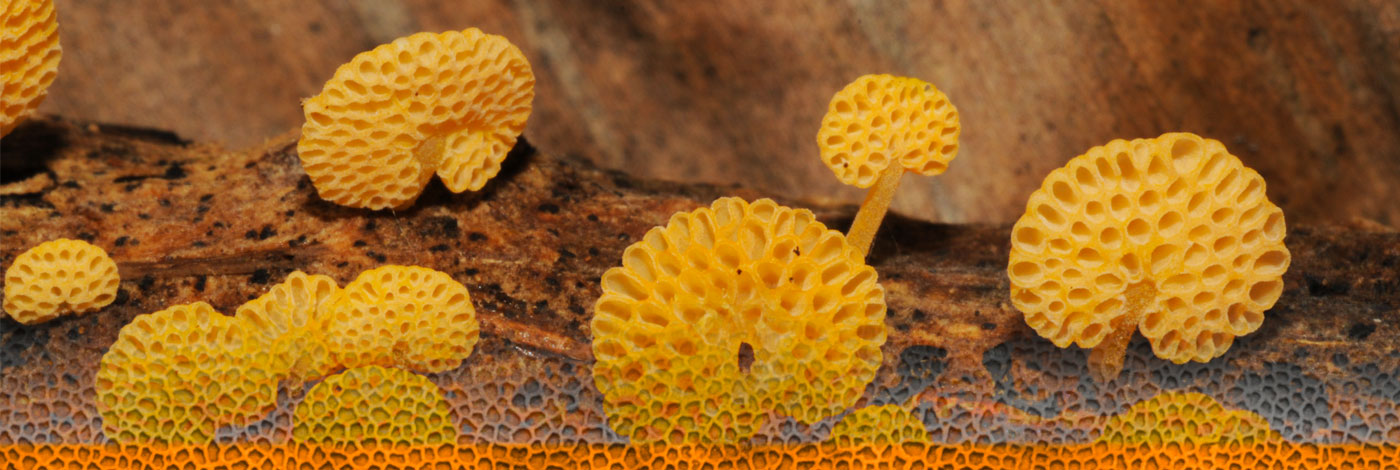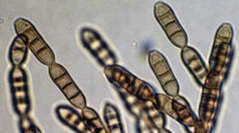

 Cryptogamie, Mycologie
40 (2) - Pages 3-21
Cryptogamie, Mycologie
40 (2) - Pages 3-21During independent surveys of microfungi associated with Pinus spp. in the United States and the Czech Republic, a distinct fungus matching the generic concept of Septonema Corda was collected. It is characterized by distinctly ornamented conidiophores, branches, conidia and hyphae, ranging from verruculose to strongly verrucose with prominent rounded warts, yellowish brown to brown or reddish brown in color and forming densely floccose, dark brown or dark reddish brown colonies on pine wood and bark. Conidia are cylindrical or subcylindrical and produced in short, simple or branched acropetal chains. Multigene phylogenetic analyses including nuclear ribosomal (LSU) and protein coding gene (EF1-α) sequence data suggest that both collections are conspecific and belong to the order Mytilinidiales (Dothideomycetes, Ascomycota) where they group distant from other mytilinidiaceous fungi with known septonema-like anamorphs. To provide a proper name based on phylogenetic placement and to possibly circumscribe Septonema sensu stricto, a non-sporulating, putative strain belonging to S. secedens Corda, the generic type, was included in the analyses. DNA sequence data placed this strain within the family Venturiaceae (Venturiales, Dothideomycetes) but morphological examination of the corresponding herbarium specimen revealed that it belongs instead to S. fasciculare (Corda) S. Hughes. Because of the polyphyletic nature of the genus and the unknown phylogenetic position of its type species, our fungus is accommodated in Septonema as a new species named S. lohmanii G. Delgado & Koukol, sp. nov.
Anamorphic, phylogeny, saprobic, new species.